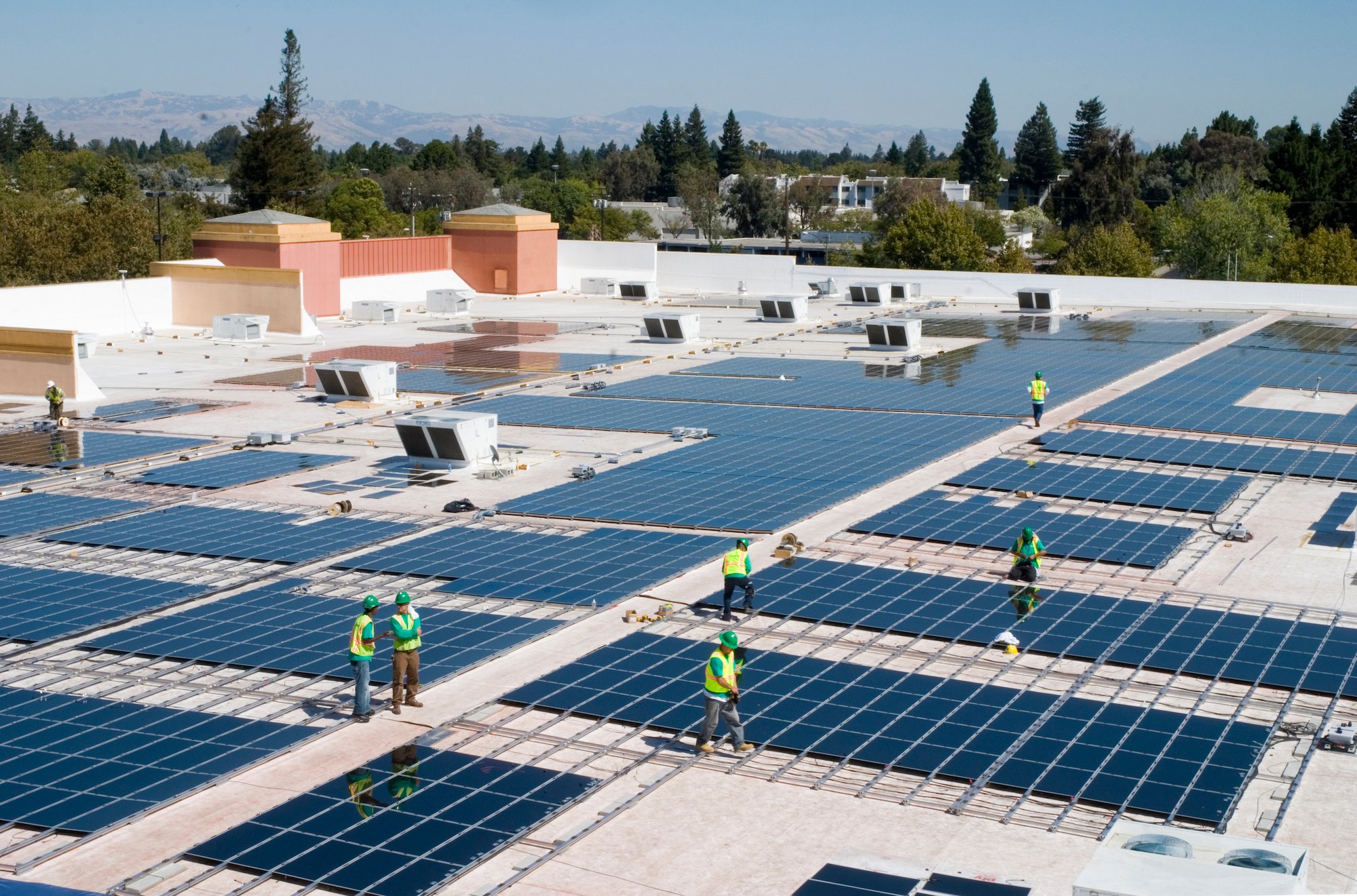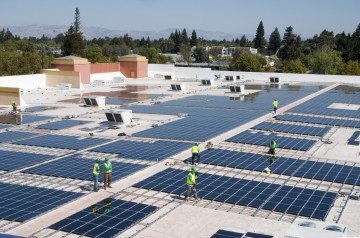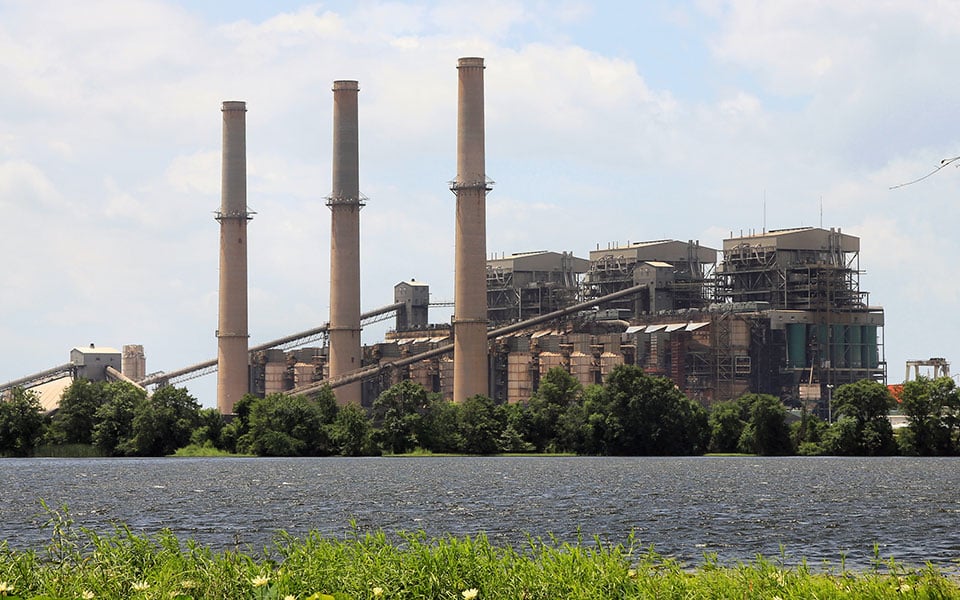
Report: Texas Superstores Should Go Big on Solar


Big box stores get a bad rap from environmentalists, who say they’re a visual blight on the landscape, aide urban sprawl and often sell low-cost products that increase waste. But according to a new report released Tuesday, they may have one redeeming feature: vast open rooftops suited to solar installations.
According to Environment America, the environmental group behind the report, Texas superstore rooftops offer the equivalent area of more than 11,000 football fields. Solar on big box roofs could potentially generate enough electricity to power more than a third of the superstores in the state and save businesses more than half a billion dollars in electricity spending each year, researchers found.
Texas is second only to California in its potential for rooftop solar at superstores, and if that potential is tapped, Environment America estimated that it could result in a reduction of 4.5 million tons of carbon dioxide emissions each year.
The Texas chapters of Environment America and the Sierra Club released the report at a South Austin Target, hoping to prompt the retailer to increase its commitment to rooftop solar. Last year, Target announced plans to install solar at 500 locations by 2020.
“They’re only behind Wal-Mart on their potential to go solar,” said Bret Fanshaw, one of the authors of the report and a solar program coordinator at Environment America. “We feel there are a lot of Target customers that would cheer them on.”
In recent years, Wal-Mart, which has the most rooftop solar of any retailer, and other big box stores such as IKEA, Costco and Macy’s, have together installed several hundred megawatts of solar.
Researchers also highlighted several other attractive, but less purely environmental, reasons for retailers to transition to solar.
In the last decade, solar panel costs have plummeted, and they’ve become a cheap and environmentally friendly way to lower energy costs. The Solar Energy Industry Association, a trade group for solar companies, reported a 9 percent drop in non-residential solar costs per watt for the third quarter of last year, compared to the same period in 2014. Lower costs mean significant energy savings for companies like Wal-Mart and Target. Retailers also typically contract with third-party companies which own, operate and maintain the solar panels, reducing the big box stores’ risk and ensuring savings.
Solar is also good PR. By switching to renewables, corporations can boast about the reduction in greenhouse gas emissions associated with using fossil-fuel generated power. The report’s authors pointed out several other broader benefits to increasing solar capacity, including a stronger and more resilient electric grid, lower consumer costs, less air pollution and more jobs.
But embracing solar on such a large scale won’t come easily, especially in Texas. The state currently does not have uniform net metering policies, which dictate the price for excess solar power fed back into the grid, or a statewide solar rebate program. And the Interstate Renewable Energy Council gave Texas an “F” letter grade on net metering and “D” on interconnection policies, the rules customers must follow to send solar energy back into the system.
“We recognize there are some challenges facing commercial businesses to go solar,” wrote Luke Metzger, director of Environment Texas, in an email to the Observer. “Ultimately, all of these challenges are solvable, and worth overcoming in order to dramatically increase our use of solar power [and] reduce climate-warming carbon emissions while saving on electricity costs.”


